Mokko cakes: This Soviet dessert will leave coffee lovers giddy (RECIPE)
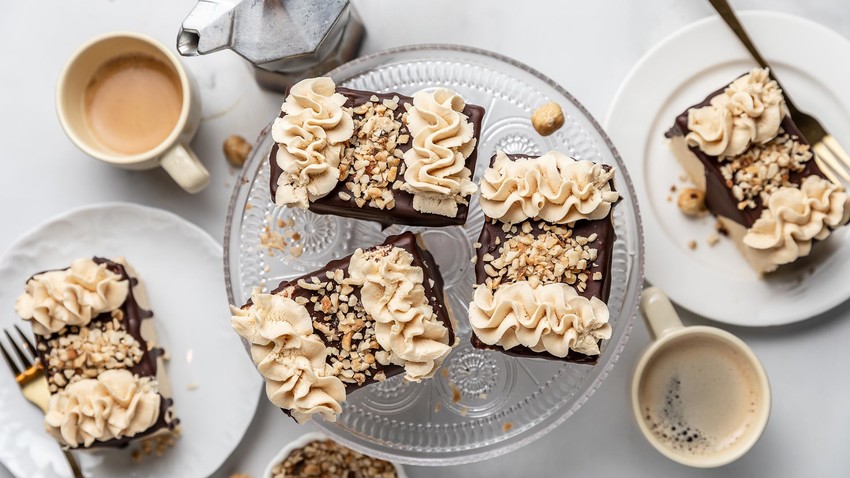
This legendary Soviet dessert will steal your date’s heart.
Yulia MulinoMoscow’s legendary and famous restaurant, “Prague”, was one of those places that made signature desserts that could be enjoyed there or taken home. Mokko coffee cakes were among the most popular items. According to my mother, they first appeared in the early 1980s.
Prague Restaurant was the place where in the 1960s head pastry chef Vladimir Guralnik created what then became the most popular Soviet desserts, including Prague Cake and Bird's Milk Cake. These desserts are familiar to anyone who lives in Russia.
Apart from the Prague Restaurant, you could also find the cakes in the cafeteria at the Arbat Restaurant on the other side of Novy Arbat (former Kalininsky Prospekt).
My mother says this particular cafeteria was the first place where one could try espresso, a rarity in the Soviet Union. My parents would often meet there after work to enjoy espresso and Mokko cakes.
These cakes were unique by the fact that strong espresso, which was unavailable to Soviet housewives, is one of the ingredients. In the USSR, coffee was usually brewed in large coffee pots or in small Turkish coffee pots. Now, however, everyone can prepare this dessert and you can find espresso on almost every street corner or make it at home.
Mokko cake is a biscuit with coffee cream made with butter. The entire cake is covered with a thin layer of chocolate frosting and decorated with chopped hazelnuts. Cinnamon and coffee liqueur or brandy give it an extra touch.
When making this dessert, I tried to retain its traditional look as much as possible. There are a few changes, however. For example, I use frosting and then decorate with cream on both sides; leaving the cream uncovered.
A few words about the cream. Buttercream was the most commonly used in the Soviet Union. Today, I recommend using mascarpone; it's just as stable but doesn't make the cake heavy. This time I made it using the classic recipe with butter. I used Baileys instead of coffee liqueur and added a pinch of salt, which is not in the classic recipe.
Ingredients:
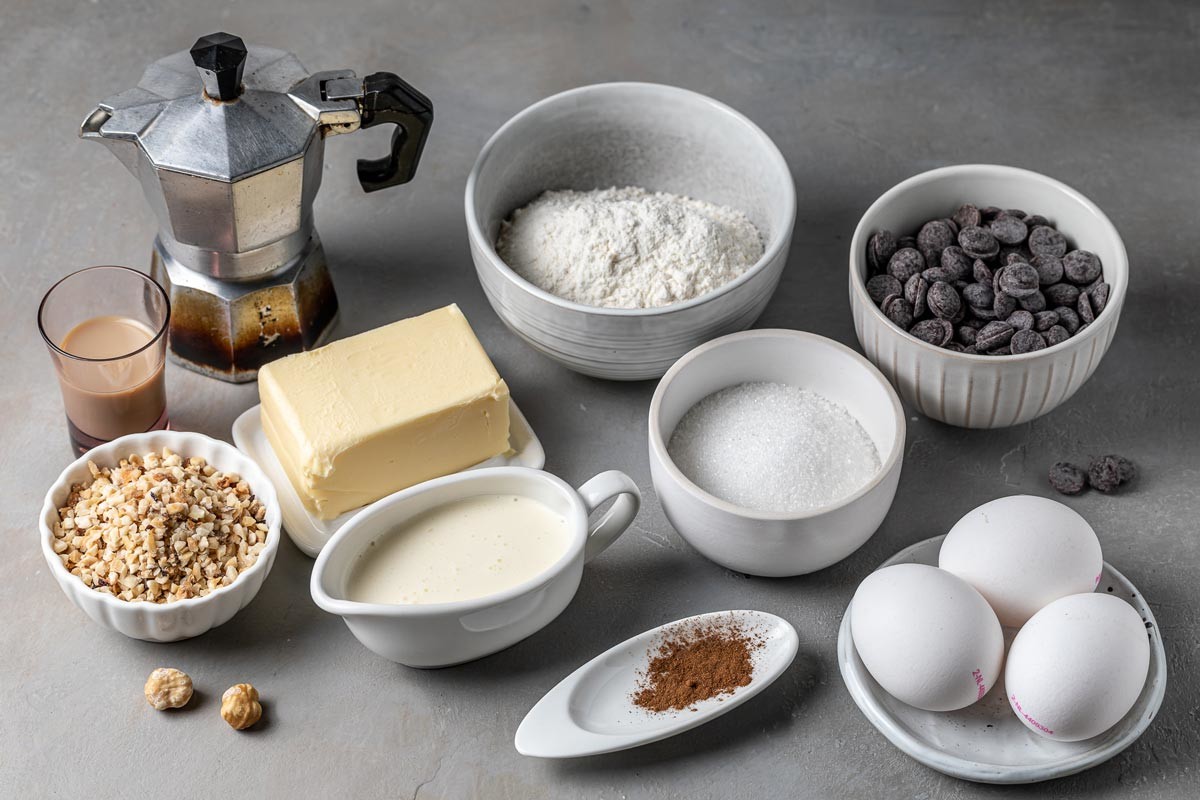
Cakes:
- Flour – 110 g
- Eggs – 3 pcs
- Sugar – 75 g
- Hazelnuts - 35 g
- Vanilla
- Cinnamon
- Salt
Cream:
- Butter – 210 g
- Sugar – 110 g
- Cream (35%) – 60 ml
- Liqueur – 3 tbsps
- Espresso - 30 ml
- Vanilla sugar – 1 tbsps
Frosting:
- Chocolate (70%) - 100 g
- Butter - 60 g
Preparation:
1. Whisk egg whites to a stiff foam with salt and sugar.
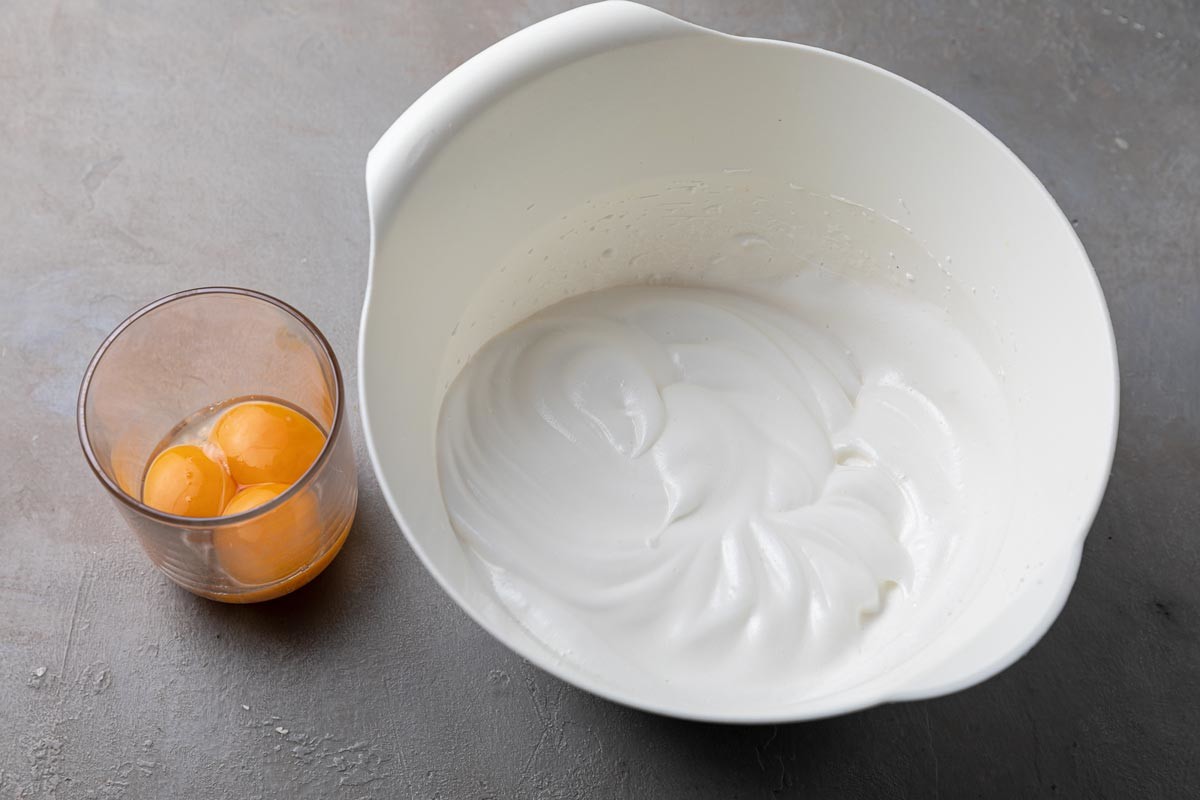
2. Beat egg yolks with sugar.
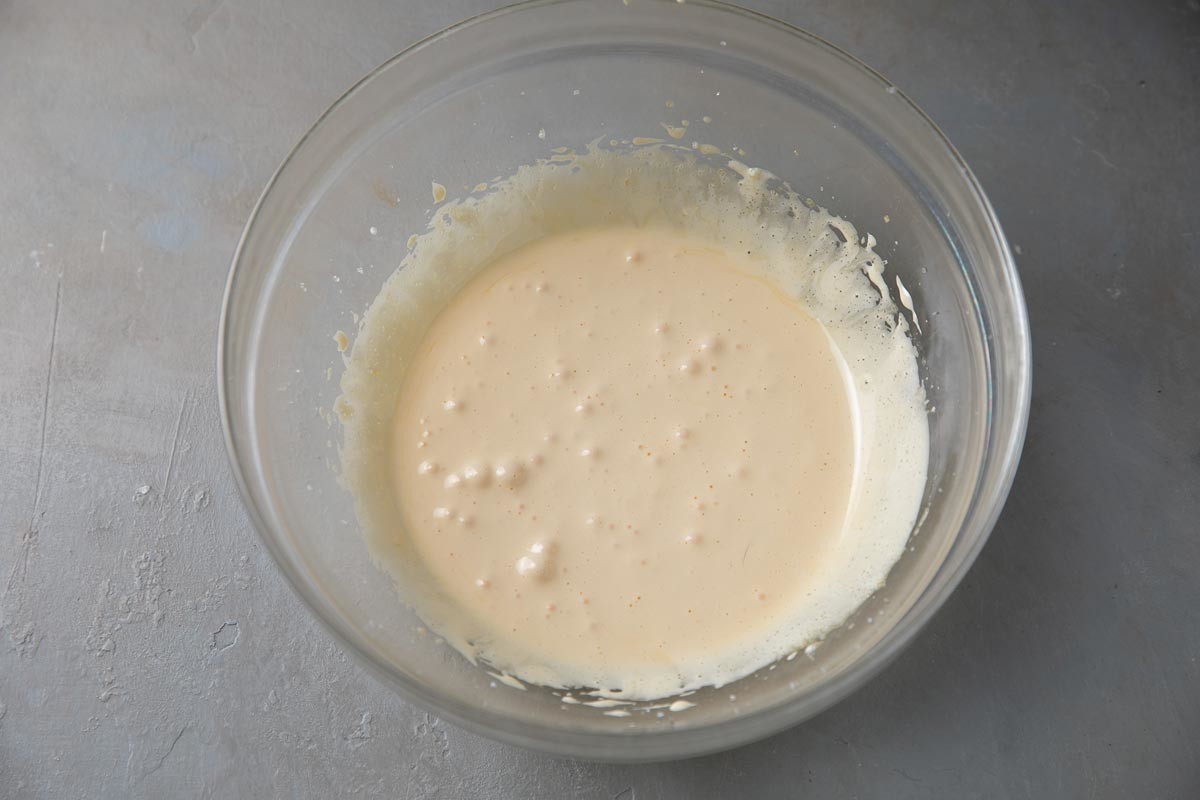
3. Gently combine whites and yolks with a spatula.

4. Add the sifted flour, kneading gently, careful not to disturb the dough’s airy structure.
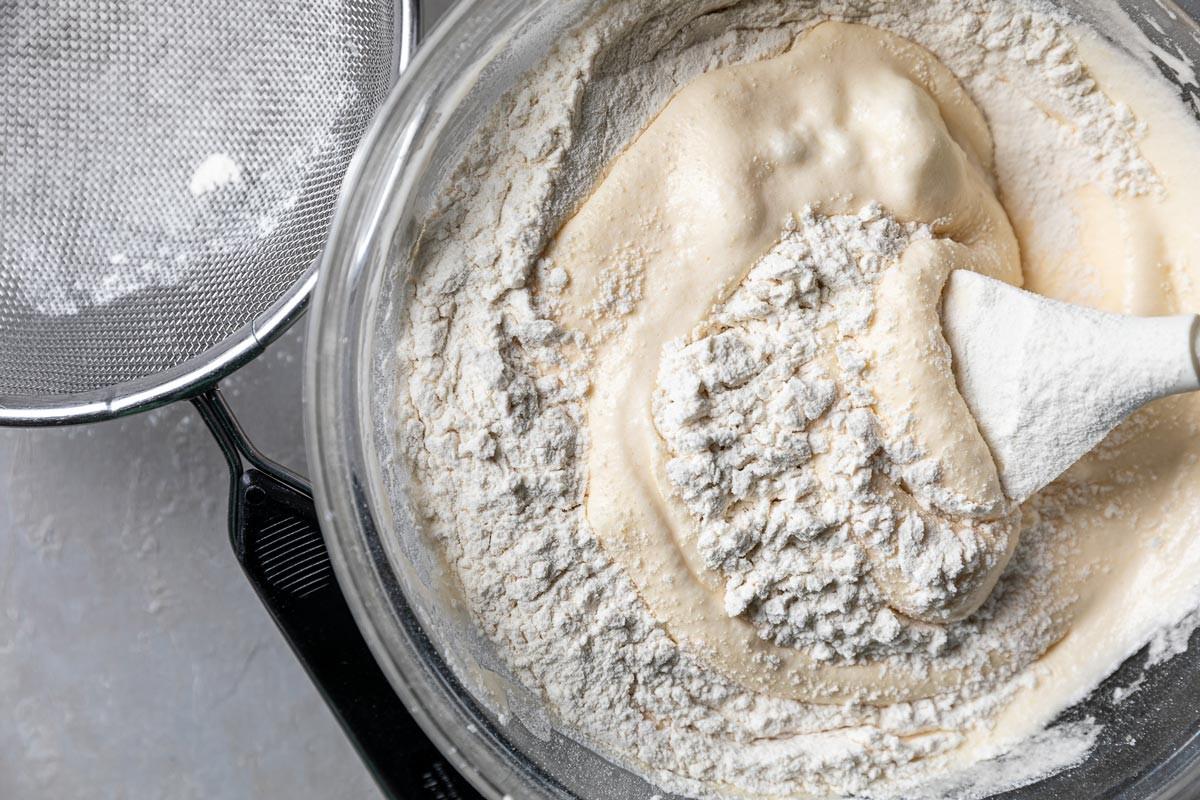
5. Spread the dough in a thin sheet on baking paper to about 5 mm thick. I made it into a 27x31 cm sheet. Don’t forget (as I did) to sprinkle the pastry layer with cinnamon and nuts before baking.
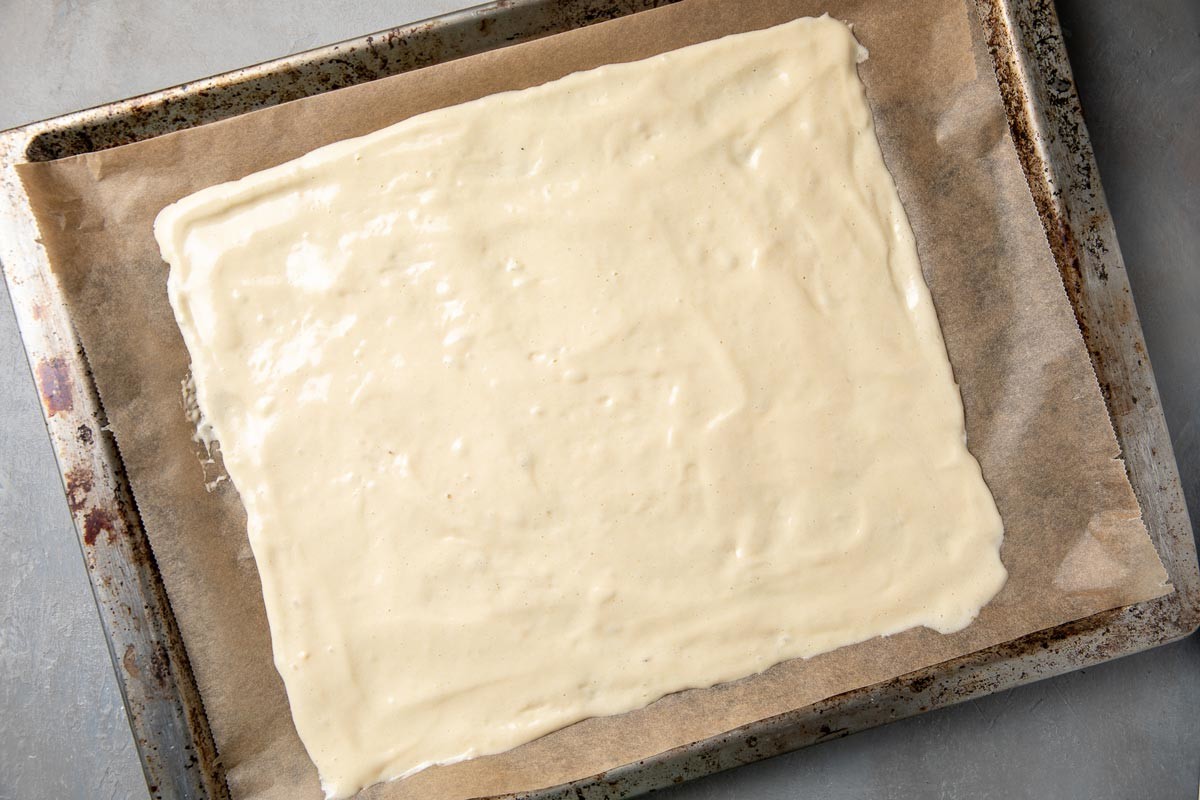
6. Bake the cake for 12 minutes at 200°C. Take out the cake and cool completely on paper.
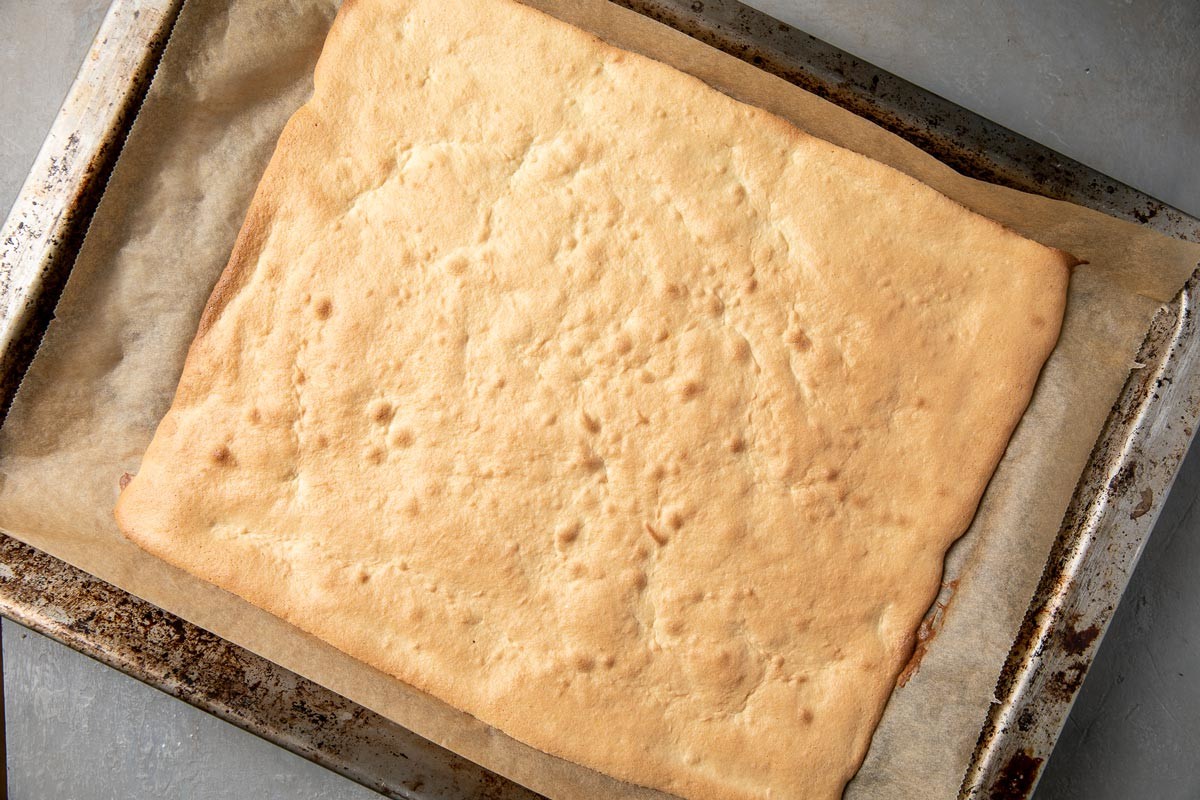
7. Mix the cream with 50 g butter and sugar, and heat until bubbling. Allow the syrup to simmer for 3 minutes, stirring constantly.
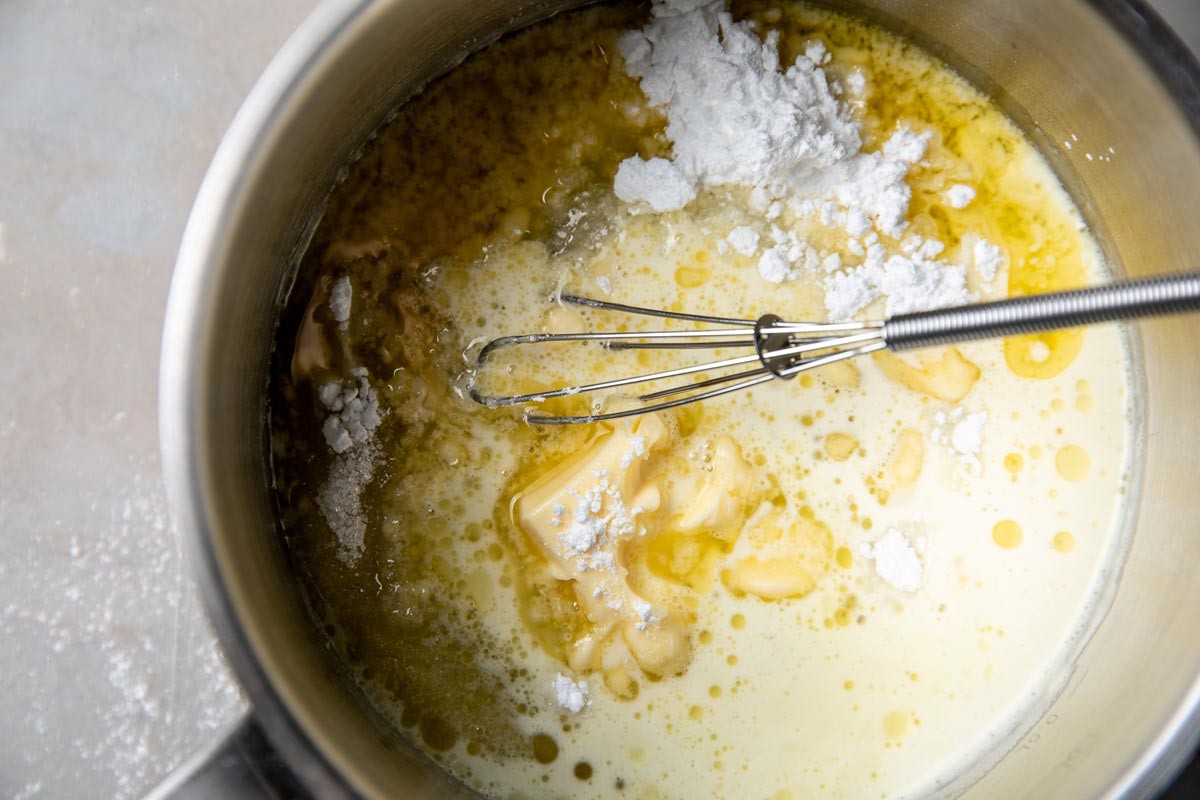
8. Take the saucepan off the heat and pour the liqueur into the syrup. Leave the syrup to cool completely.
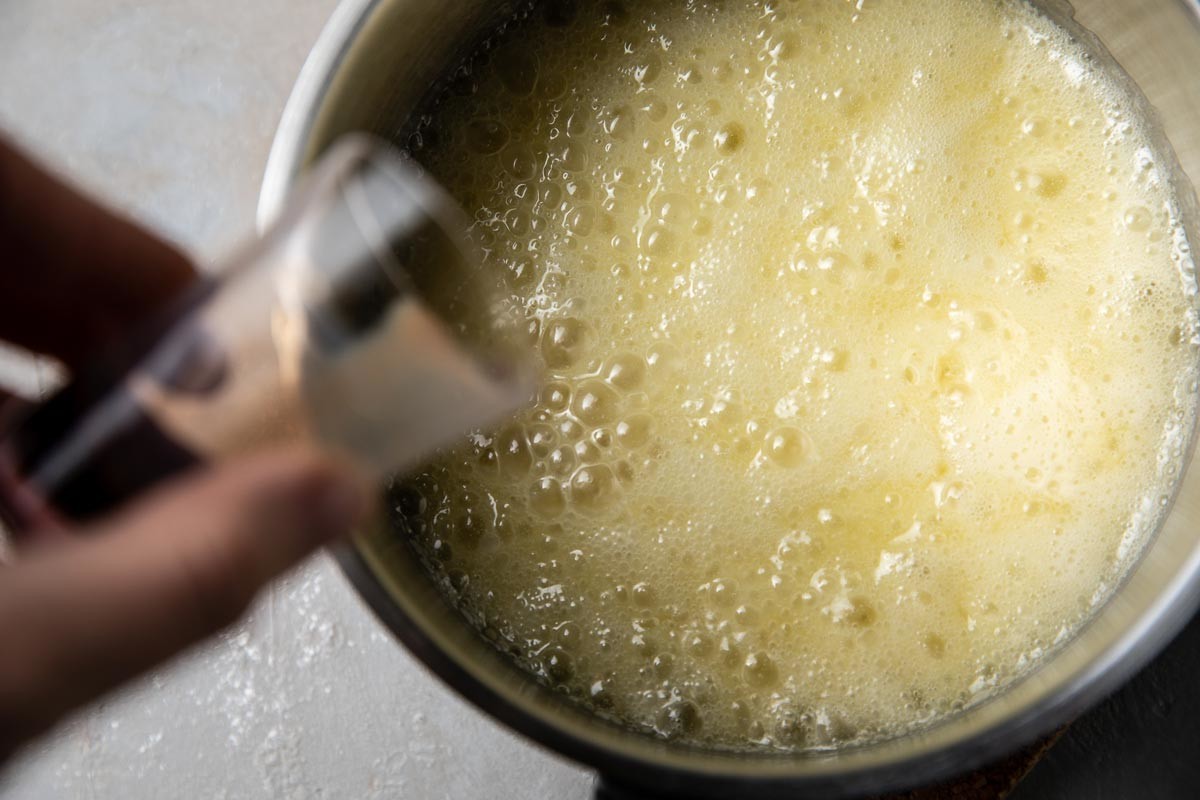
9. Whisk the rest of the soft, room-temperature butter for 3 minutes until white. Add the syrup and again whisk in the butter.
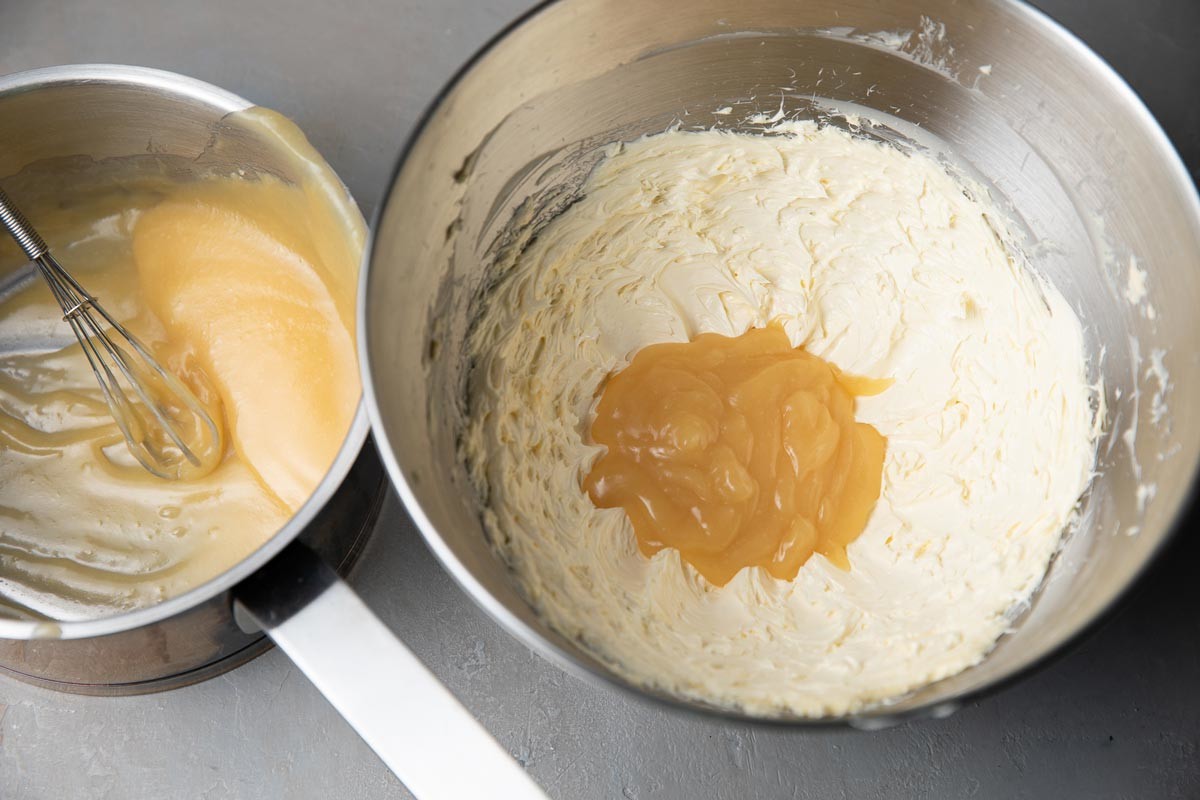
10. Add the espresso and whisk.
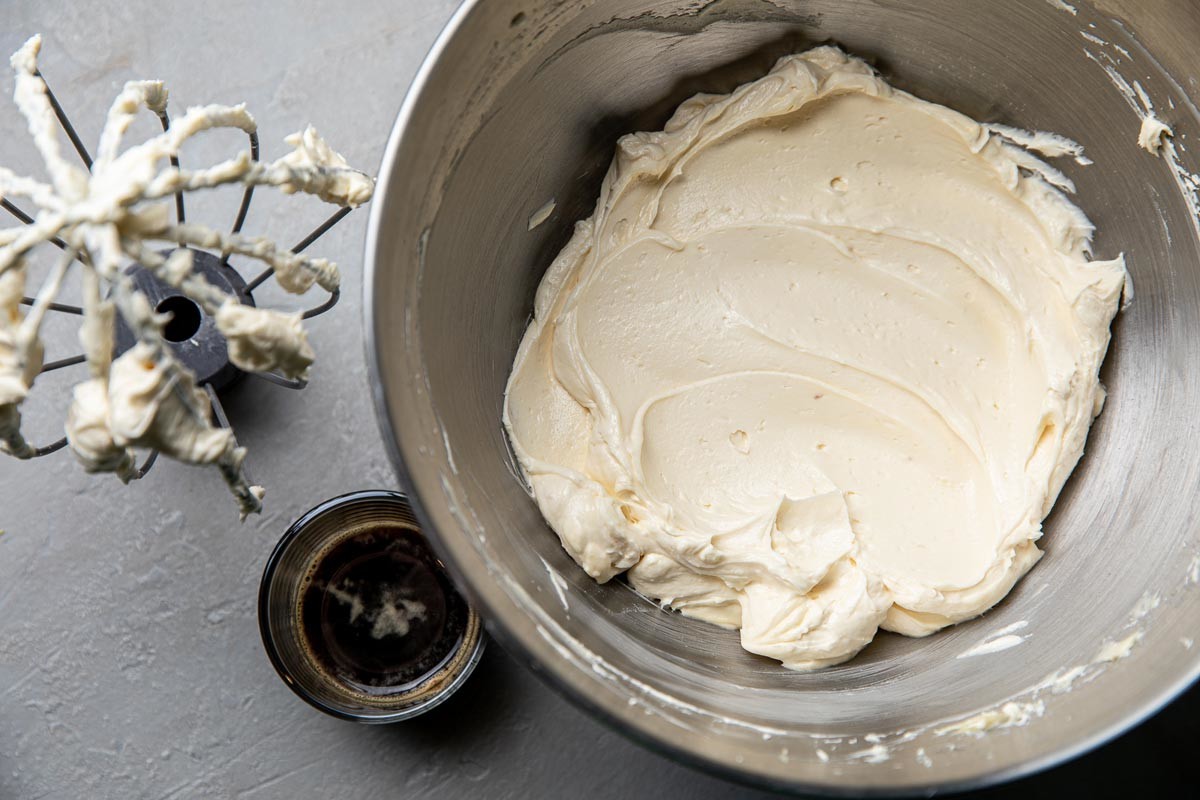
11. Place the ready pastry cream in a piping bag.
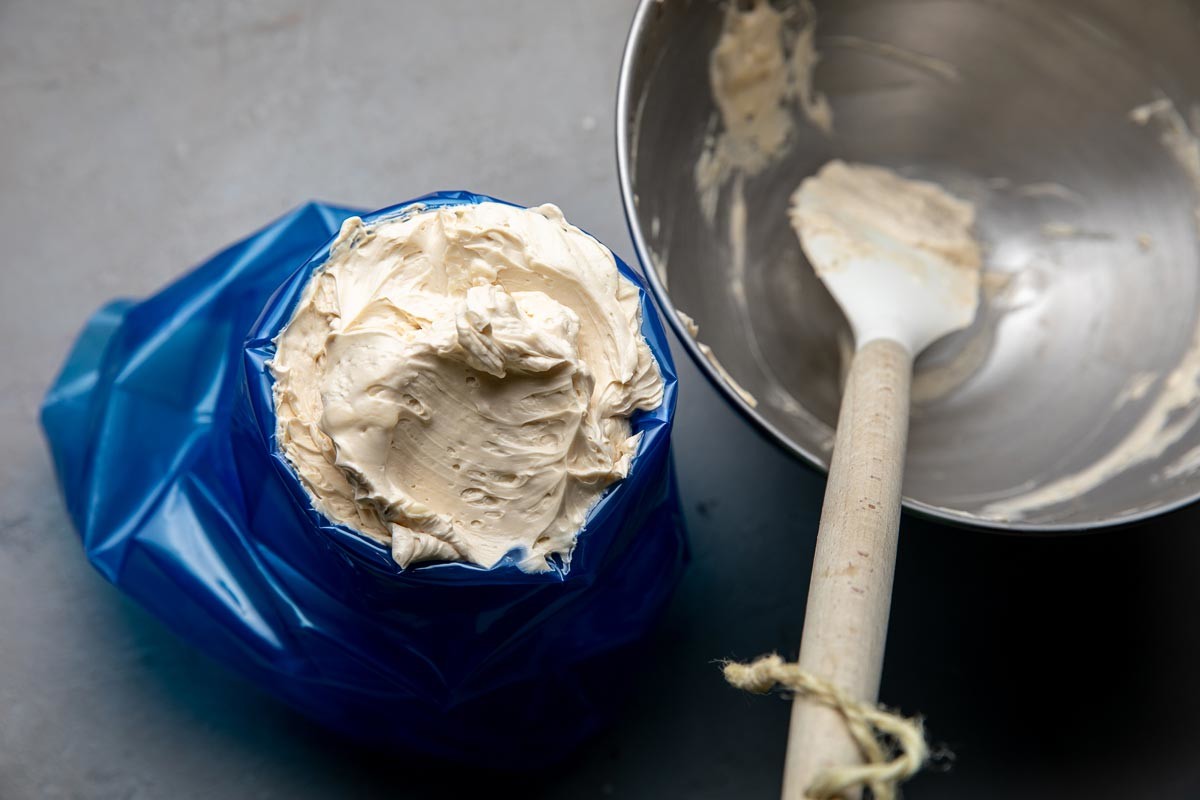
12. Divide the cooled cake into equal strips; I use 26x10 cm.
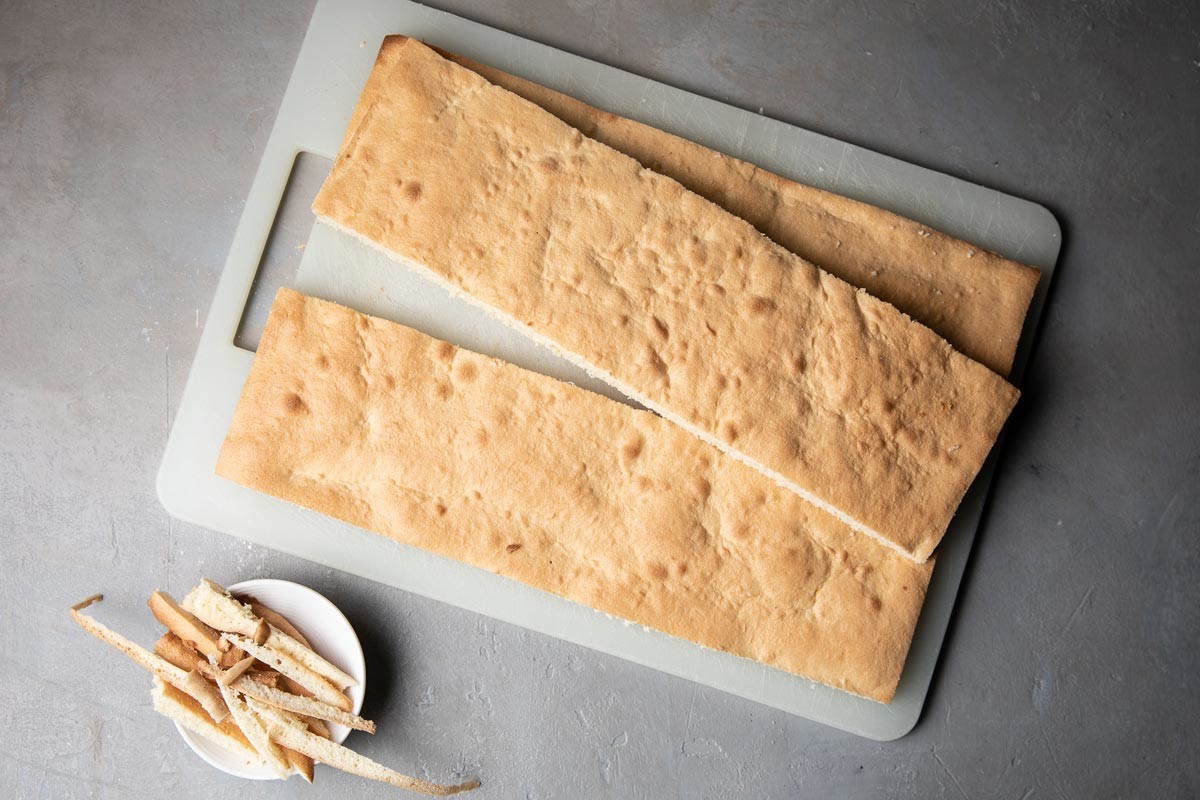
13. Assemble the cake by covering the edges and leave the cream for decoration. Place the cake in the refrigerator for a few hours to stabilize it.
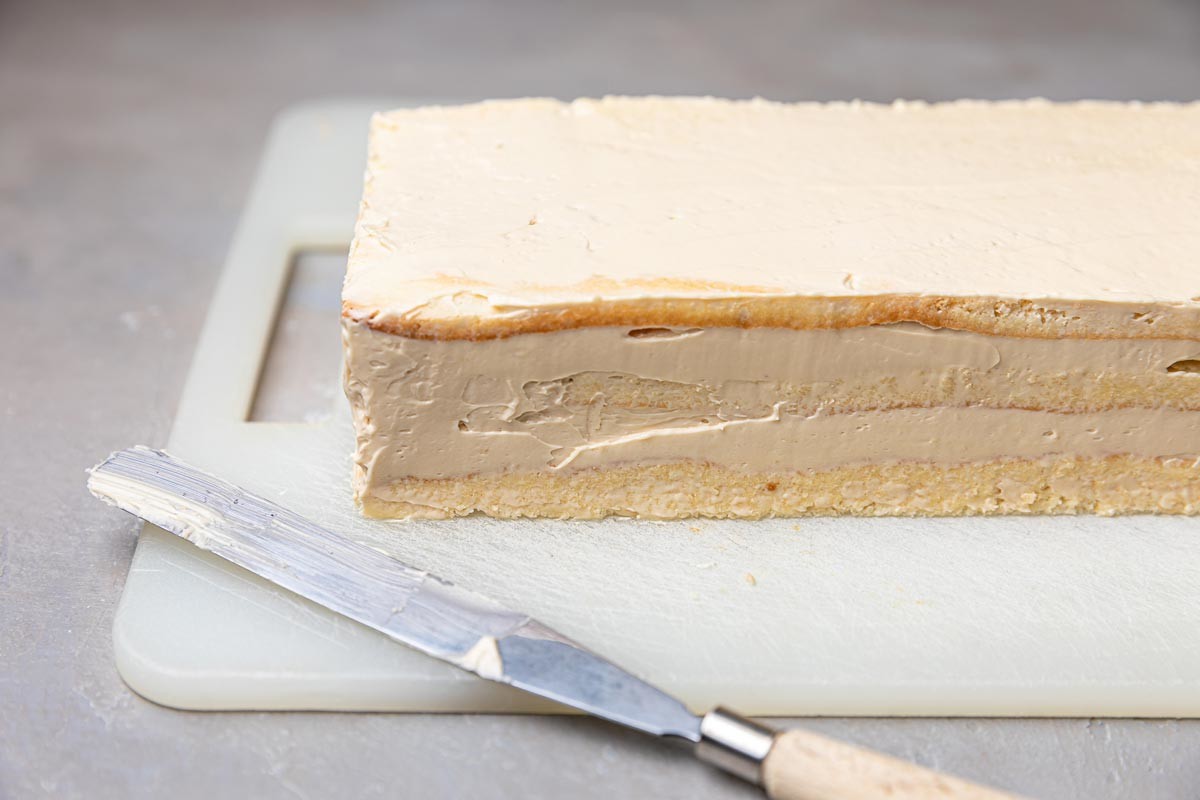
14. Cut the cake into even bars; mine were 10x5 cm.
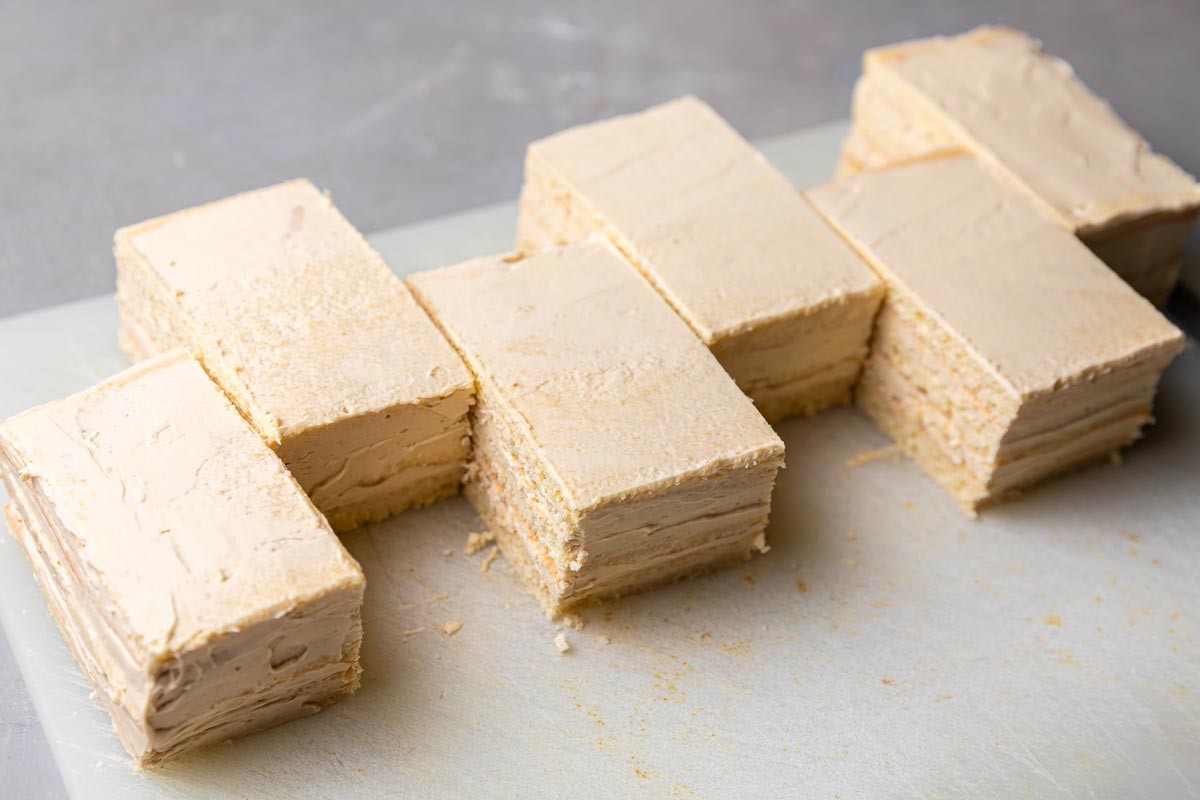
15. You can also cover each cake with cream.
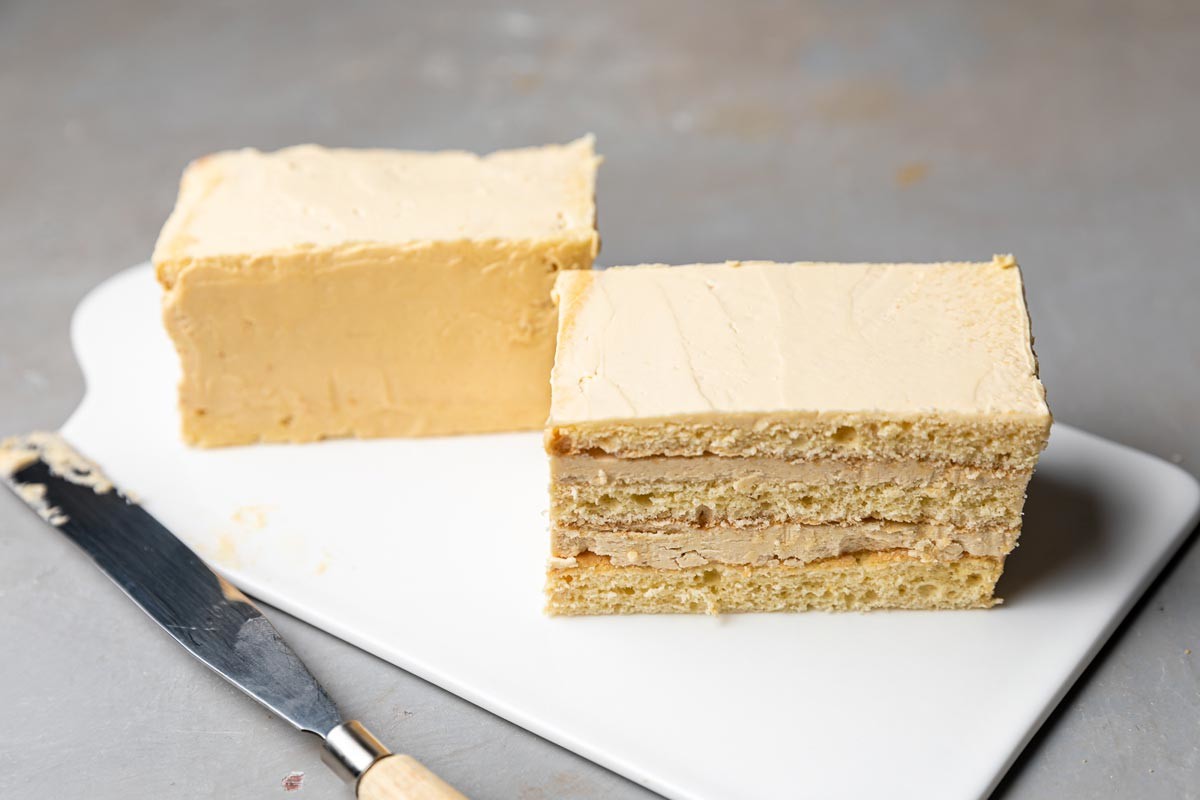
16. For the frosting, melt the chocolate and butter in a water bath.
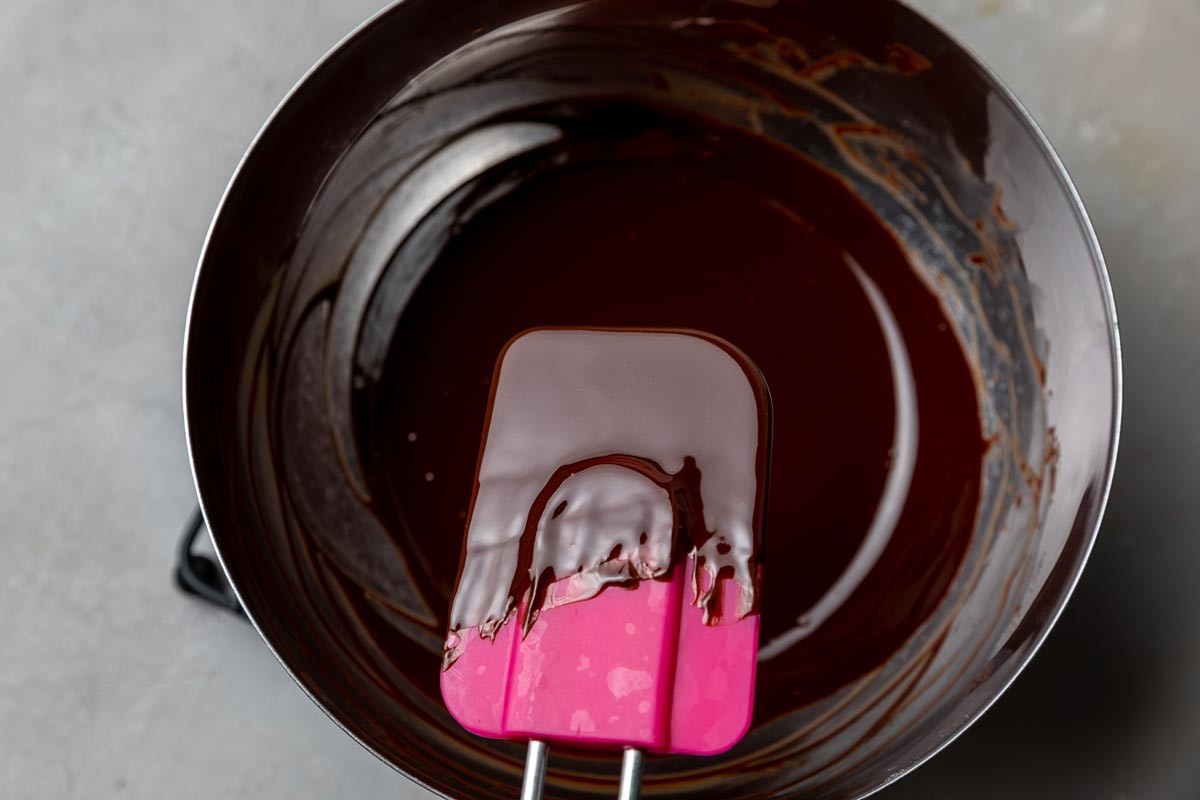
17. Cover the cakes with chocolate frosting and sprinkle with nut crumbs.
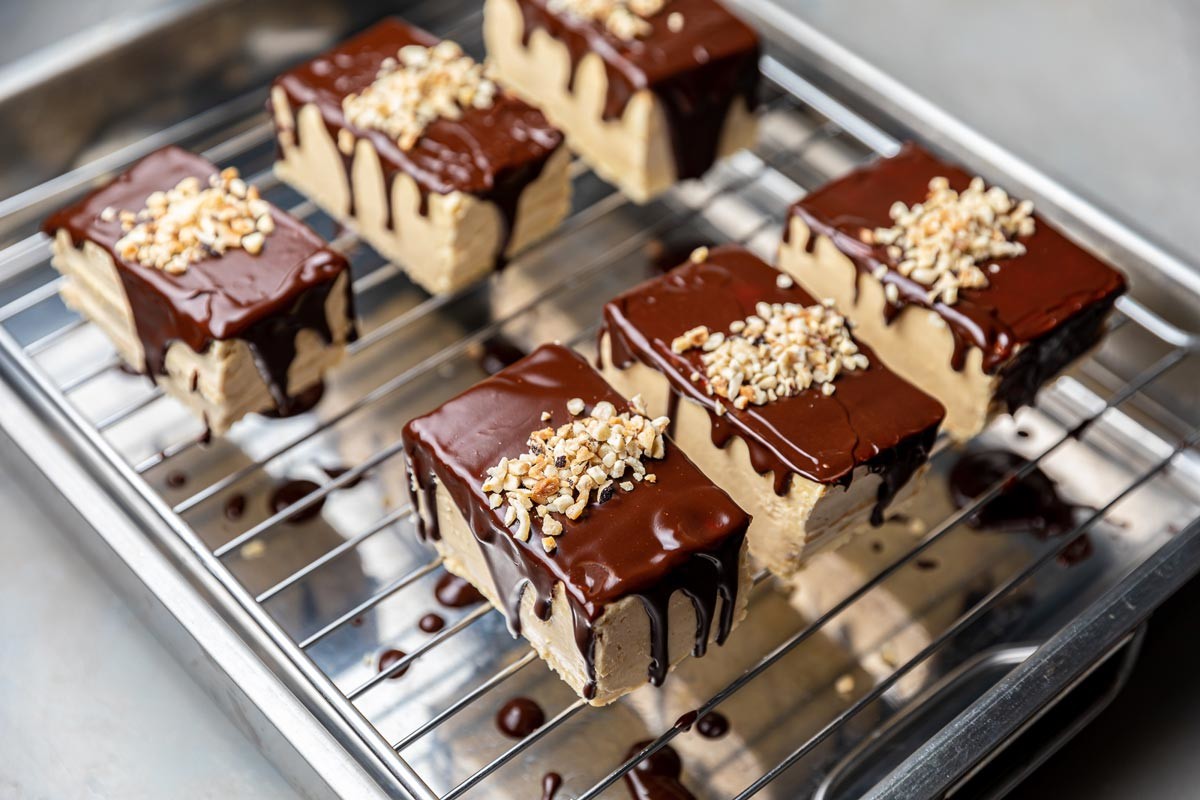
18. Decorate the cake with the cream.
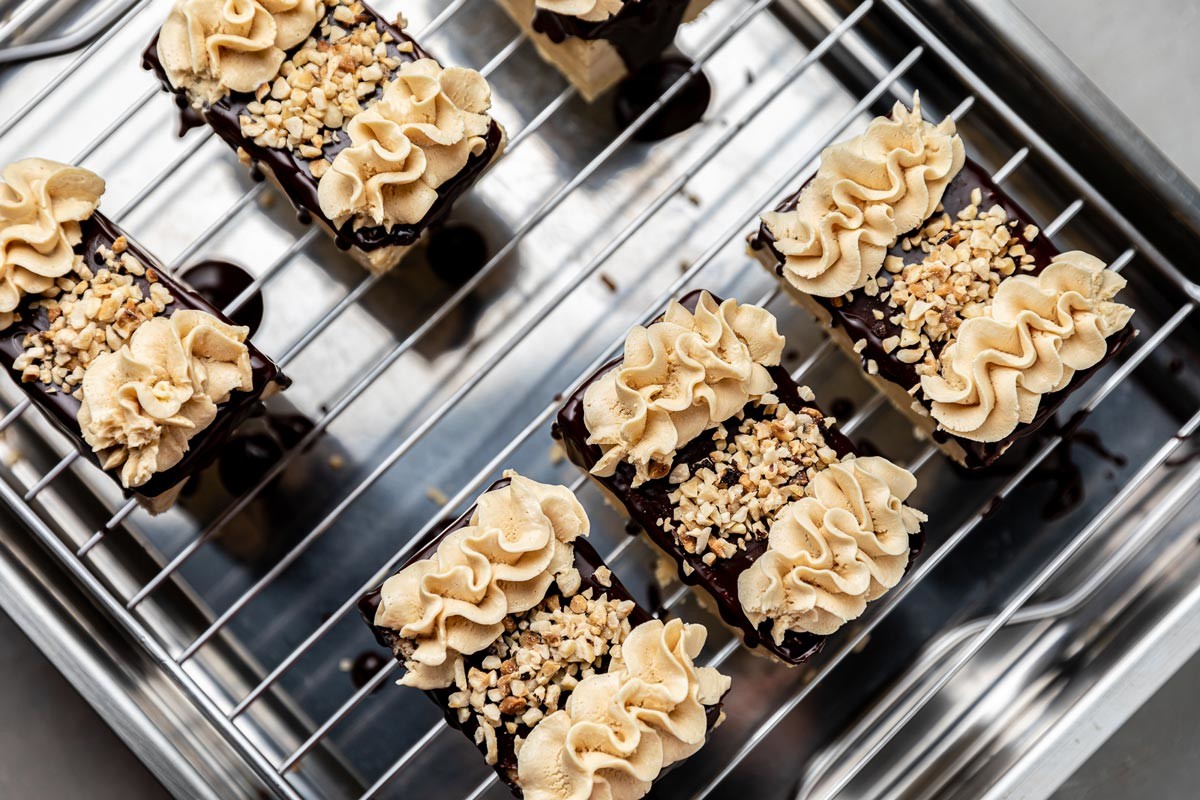
19. Enjoy!
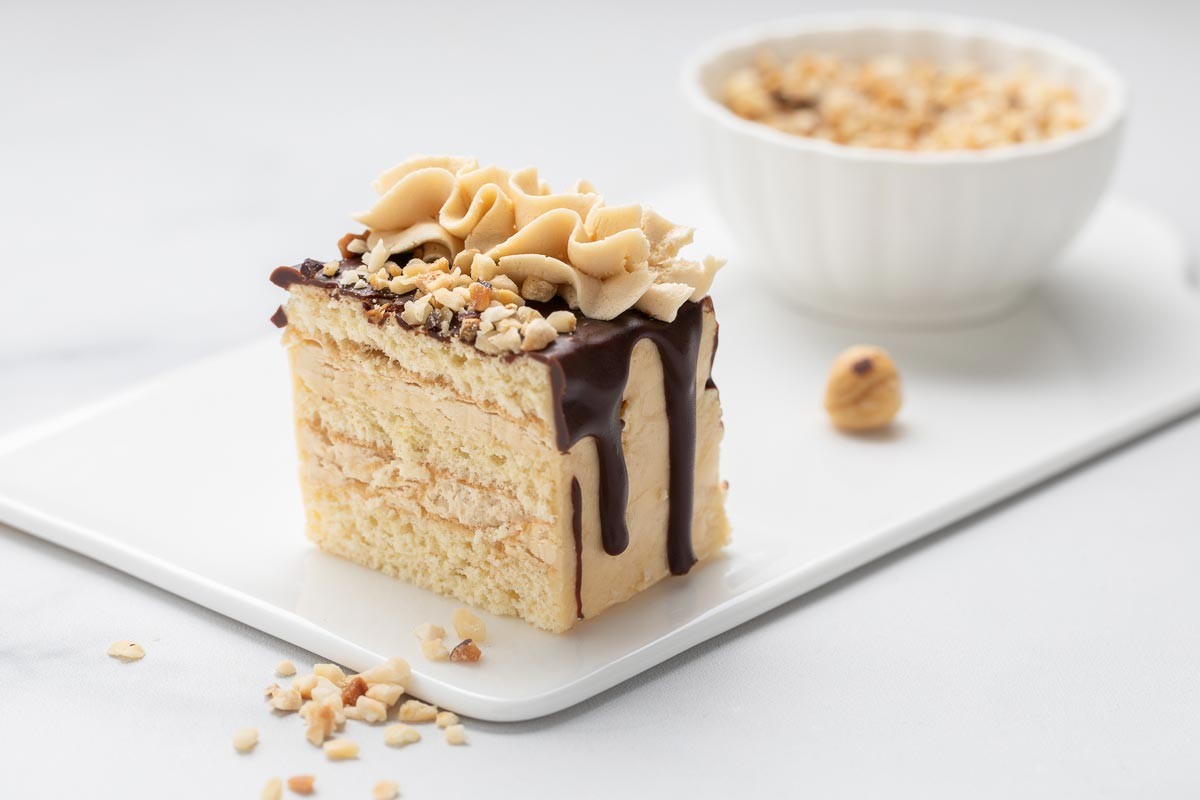
READ MORE: Stolychny cake: Soviet classics with a festive interpretation (RECIPE)
If using any of Russia Beyond's content, partly or in full, always provide an active hyperlink to the original material.
Subscribe
to our newsletter!
Get the week's best stories straight to your inbox